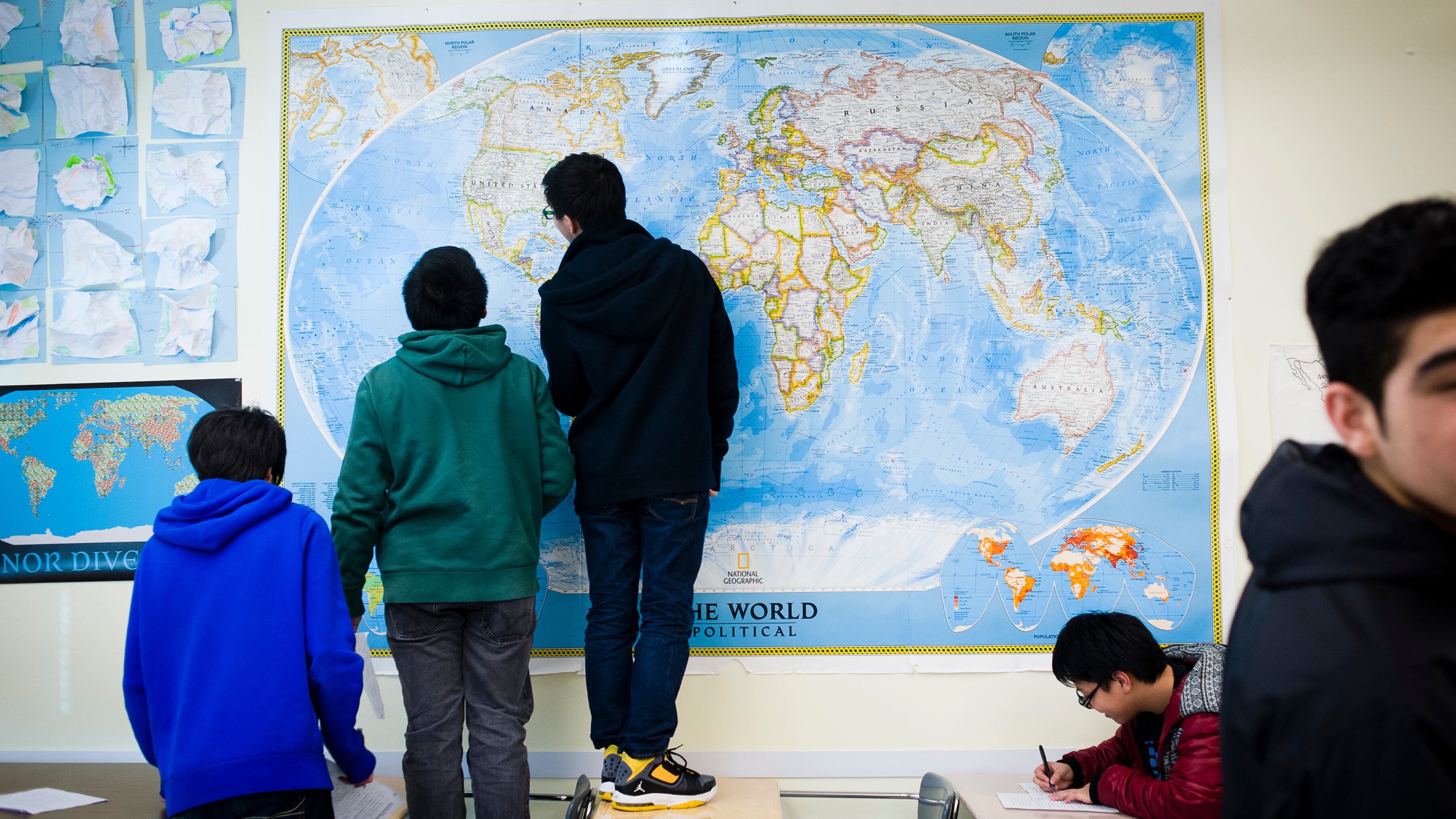Throughout the past 100 days of protests, numerous public officials have referred to racism as a public health crisis.
And there's data—from a study of Oregon eighth and 11th graders—that shows how racism and its health effects may already be significant in children's lives.
In 2019, the Oregon Health Authority surveyed how adolescents in grades 8 and 11 perceived their own mental and emotional health. The Oregon Healthy Teens survey—with questions on substance use, school climate, grade, home life and physical health—revealed that Black and Latinx eighth graders reported big health disparities between themselves and their white peers.
As a clear measure of racism, students were asked if they were ever bullied about their race or ethnicity. Of those surveyed, Black eighth graders were 10 times more likely to respond yes, at 23.1%, than their white counterparts, at only 2.2%, representing the highest and lowest percentages compared with everyone else.
The same can be said for Black 11th graders, who are seven times more likely to be bullied for their race than white teens their age.
In several other categories, Black teens were overrepresented in their responses, especially when compared with white adolescents. Black eighth graders drink more soda and less water, smoke more cigarettes and drink more alcohol.
Black eighth and 11th graders used substances in combination with others more frequently than their white peers: Of those surveyed, 75% of Black 11th graders who reported drinking alcohol also used a tobacco product compared with 61% of white 11th graders. And 53.8% of Black eighth graders used marijuana and alcohol simultaneously compared with 41.4% of white eighth graders.
Students were asked if they ever ate less than they felt they should because there wasn't enough money to buy food. Black teens experienced this at the highest rate of all their peers, with 16.6% reporting yes. The lowest rate was for white students, 10.5%.
This indicates Black youth could be self-medicating with a variety of substances to deal with the mental health effects of racism and other factors like poverty.
"There are a number of ways people try to approach dealing with stress. For Black youth, that's one of the approaches," says state Sen. Lew Frederick (D-Portland). "Where they're living, the type of food they have, the type of interactions and exposure they have to various issues as well as how they're treated in school. There's a whole galaxy of social issues that Black kids and people have."
This reporting has been funded in part by a grant from the Jackson Foundation. See more Black and White in Oregon stories here.

